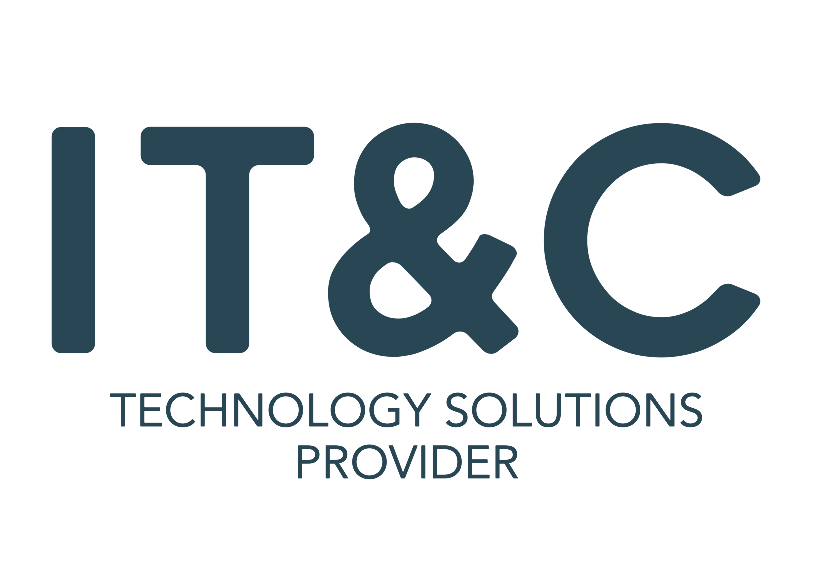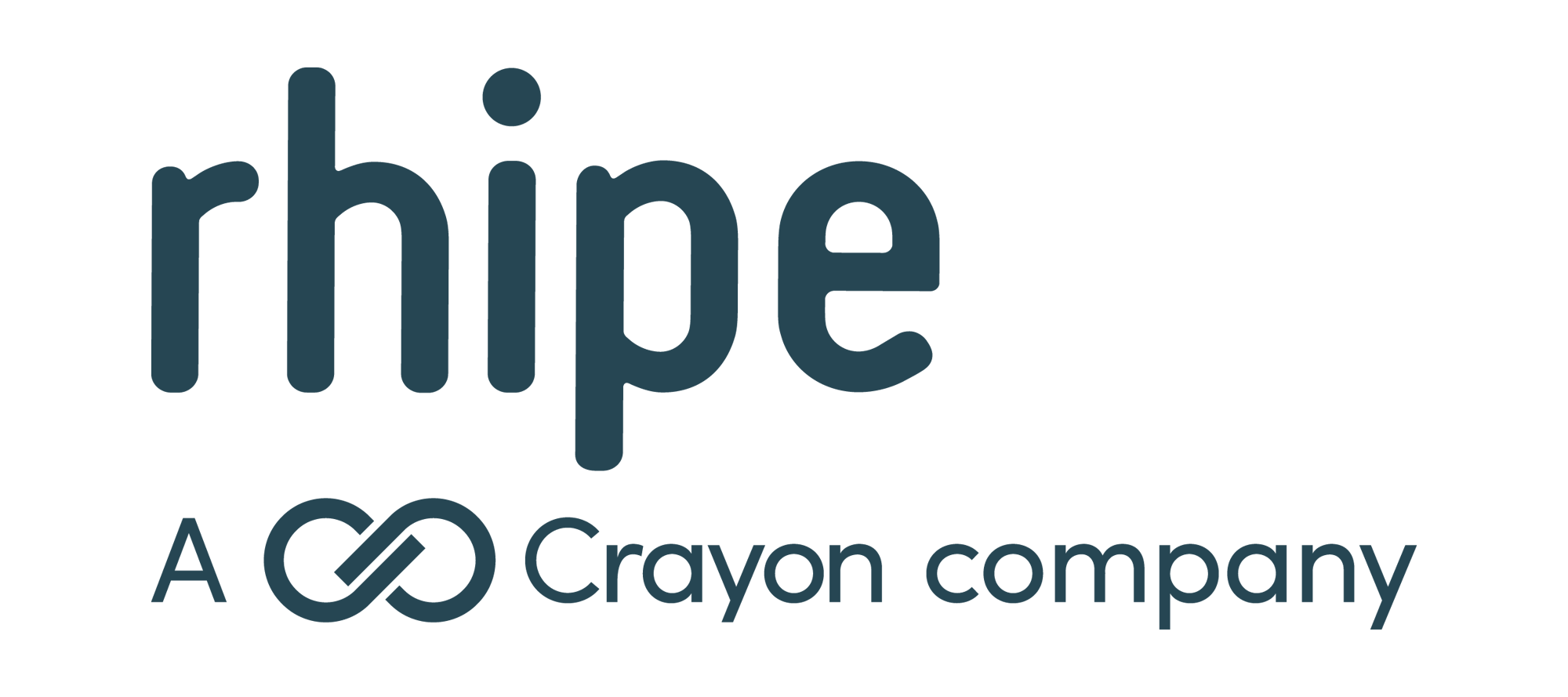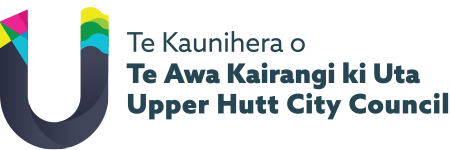
Customer Story
Before Flowingly:
SIT’s accounts receivable processes were time-consuming and manual, with a mix of handwritten A5 paper notes and email submissions from over 100 employees across the organisation. This would often lead to lost requests and unclear accountability, not to mention uncertainty around who the actual request was coming from. Auditors struggled to find relevant documentation, resulting in a very manual auditing process, searching through over 20,000 paper files. They also found that many staff members were deeply entrenched in their old-fashioned manual methods, with processes often not mapped or documented.
With Flowingly:
SIT witnessed significant improvements in how they ran their finance AR processes. The mapping and automation capabilities of Flowingly allowed them to identify the issues in their process with maps and automate the issues out (manual emails, paper forms). Auditors gained direct access to the system, providing them with all the documentation with a click, streamlining audits, and saving almost a week of admin time. SIT achieved substantial time savings, equivalent to 66 weeks of work per year, empowering employees to take on new responsibilities, dedicate more time to quality work and advance in their careers.
How the Southern Institute of Technology (SIT) went paperless across their finance accounts receivable (AR) processes and removed 1,200+ hours of wasted process admin time by mapping and automating simple 3-4 step manual processes.
In this customer story, we explore how Flowingly was used to:
- Identify improvement opportunities through process mapping
- Eliminate lost requests and improve accountability and compliance
- Remove approximately 66 weeks of admin time from their processes, equivalent to 1.2 full-time equivalent (FTE) positions
- Reduce auditing time from a week to half a day
- Empower employees with new responsibilities and career advancement opportunities
The Organisation
The Southern Institute of Technology (SIT) is a leading tertiary provider in New Zealand.
We spoke to Dulari Jayasinghe, Senior Payroll & HRIS Officer at SIT, who was happy to share her insights and experiences around how Flowingly has revolutionised the way they work, highlighting the significant time savings they’ve seen and the newfound opportunities for personal growth and career advancement she has had.
The Challenge
Dulari, the Senior Payroll & HRIS Officer at SIT, was responsible for generating invoices based on requests received from over a hundred staff members across 26 departments scattered across the country.
There needed to be a clear process, with requests coming from everywhere, including internal mail, hand-delivered documents, and emails with attachments or information written directly in the body.
For newcomers to the organisation, Dulari found it challenging to navigate this dual system of paper-based and email requests.
The handwritten paper-based requests were particularly challenging to decipher and track, given the need for more clarity regarding who had sent them, with some often just having a signature.
The lack of clear identification on paper-based requests, such as missing names or email addresses, added to the confusion and made it challenging to attribute approvals or signatures correctly.
Additionally, the physical documents sometimes got buried under piles of paper on managers’ desks, resulting in delays of months before they were processed.
Overall, the existing manual invoice request process at SIT created numerous difficulties for Dulari and the finance team, leading to inefficiencies, delays, and a sometimes manual, time-consuming work environment. A solution was necessary to streamline and automate the process, ensuring clear communication, accurate documentation, and efficient invoice generation.
Dulari also found that many staff members were deeply entrenched in their old-fashioned manual methods. While these methods were familiar, they were inherently time-consuming and less efficient. Transitioning from these legacy systems to automated processes presented several challenges, so finding a tool that was simple and clear to understand was key.
She also wanted to make sure she could map and automate as easily as possible without jumping between different tools or without requiring IT support to turn those process maps into automated workflows.

“I never realised it would free up that much time in my role. That opened doors for me to take up new tasks, be more productive, and progress in my career. Yeah, I’m sitting here because of Flowingly.”
Dulari, Senior Payroll & HRIS Officer at SIT
The Solution
When discussing her process issues with IT, Dulari had a conversation about a new automation solution SIT was looking into – Flowingly.
As they spoke more about the software, Dulari realised it was the answer she had been seeking.
In the past, when she had approached managers for a better system, budget constraints had hindered progress. However, IT’s mention of Flowingly meant that the solution had already been explored, eliminating the need for Dulari to initiate a budget request.
What particularly appealed to Dulari about Flowingly was its versatility. Unlike other solutions focused on specific operations, Flowingly could be applied to any process within the organisation.
This meant that the investment made in Flowingly could benefit all departments, not just one specific area. Excited by the possibilities, Dulari approached her manager and discussed the potential implementation of Flowingly for their accounts receivable (AR) processes.
After receiving approval from the CFO, Dulari collaborated with IT to automate a workflow with Flowingly.
Initially, Dulari experimented with the workflow they had created, but she found it was still too time-consuming. However, when she expressed her concerns, she was encouraged to give it a try herself, with IT assuring her that Flowingly was easy to use and super user-friendly.
Dulari understood the specific requirements of the process better than anyone else, making her best equipped to design a workflow that met her needs.
By transforming from the previous process to Flowingly, using the customised flow she created, Dulari could streamline the invoice request process and overcome the challenges she had faced before.
In the context of her work and the specific requirements of her role, Dulari has found that there’s a delicate balance between process mapping and automation, and both are equally essential for ensuring efficiency.
“Process mapping is invaluable for gaining a deep understanding of existing workflows, identifying bottlenecks, and optimising processes for maximum efficiency. It provides clarity, documentation, and a visual representation that aids in process improvement and compliance, which is particularly important in the space I work in.
On the other hand, automation plays a crucial role in speeding up routine and repetitive tasks, reducing manual effort, and ensuring consistency in process execution. It can enhance productivity and accuracy, which is also highly valuable in my line of work.”
According to Dulari, the choice between process mapping and automation depends on the specific nature of the task or process at hand. Some processes benefit greatly from mapping to enhance clarity and efficiency, while others are prime candidates for automation to streamline execution. The key is to leverage both approaches strategically to achieve the optimal balance required for efficiency.
The Results
Dulari works evenly in both mapping and automation with Flowingly. Her process typically begins by analysing the existing process to identify tasks that can be made more efficient in Flowingly. Once she has identified areas for enhancement, she uses Flowingly’s modeler to build out the process in a detailed process map.
After the mapping phase, she continues to leverage Flowingly to translate these workflows into practical, automated processes.
Before implementing these new processes for broader use, she conducts thorough checks within Flowingly and examines the mapped processes to ensure that they are indeed more efficient and effective compared to the previous methods. This quality assurance step is crucial to guarantee that the changes are beneficial and meet business objectives.
“Flowingly has significantly improved the efficiency of our processes. By visualising and documenting each step in a clear and structured manner, we can identify bottlenecks and areas for optimisation. This has led to streamlined processes, reduced manual work, and faster task completion.”
The implementation of Flowingly has brought about significant improvements in SIT’s AR finance processes, resulting in some pretty remarkable outcomes.
By digitising and automating their finance workflows, SIT witnessed an impressive reduction in time spent on manual admin. This freed up valuable time for employees to focus on more productive tasks and less on following up on tasks and chasing approvals.
Prior to this experience, she had engaged in process mapping to visualise and document workflows, but she had always thought that automating them was a complex IT task best left to experts.
However, her perspective evolved as she did more in Flowingly. She found that Flowingly made automation more accessible and user-friendly, even for those without extensive technical backgrounds. This transition represented a shift in her perception of process automation from something complex and daunting to an exciting opportunity to improve efficiency and streamline workflows effectively.
Dulari Jayasinghe shared her experience, saying:
“I never realised it would free up that much time in my role. That opened doors for me to take up new tasks, be more productive, and progress in my career. Yeah, I’m sitting here because of Flowingly.”
Streamlining their finance processes has saved SIT approximately 66 weeks of administrative time to date, equivalent to 1.2 full-time equivalent (FTE) positions.
The previous manual process required the finance team to search thousands of paper documents for audit purposes.
With Flowingly, auditors gained direct access to the relevant documentation, resulting in faster and more efficient audits. Dulari explained the improvement, stating, “Auditors would choose 40 to 50 samples out of 20,000 papers and request the relevant documentation and approvals… Now it takes half a day.”
It’s not just automation that’s been a hit though, one significant success story highlighting the positive impact of process mapping at SIT was the Invoice Request Flow, which she initiated at the beginning of her time at SIT. Before mapping the process, invoice requests were manual and prone to errors and delays. By meticulously mapping out the workflow, they were able to see the different areas where they were going wrong in the process. They were then able to introduce automation and standardisation, reducing processing time and eliminating potential errors.
You’re in good company
Proud to be driving digital transformation globally.
How Todd Energy scaled their rate of automation 7x by adding Flowingly to their tech stack alongside Power Automate.
How SIT went paperless across their finance accounts receivable (AR) processes and removed 1,200+ hours of wasted process admin time.
Why Microsoft’s leading APAC distributor added Flowingly's no-code workflow tool to their tech stack.





